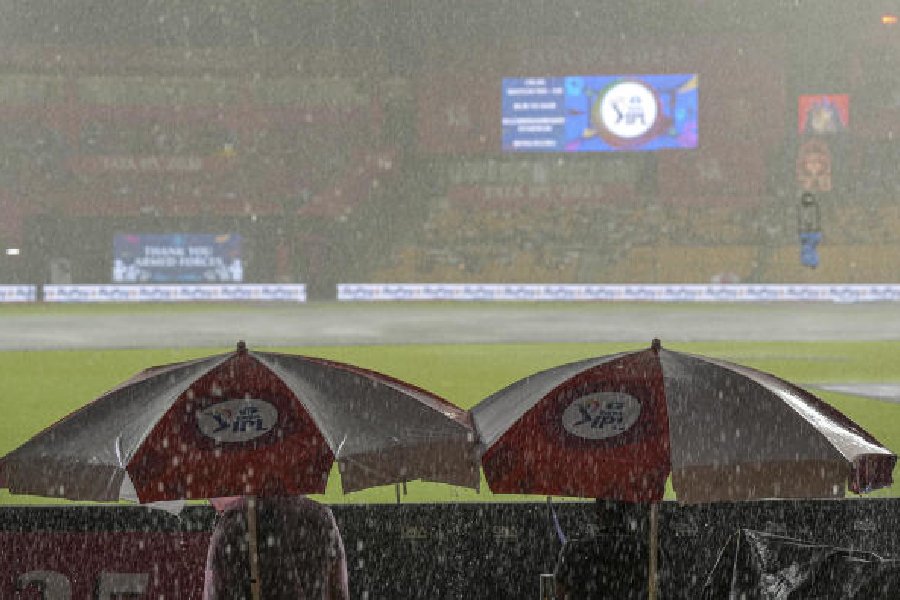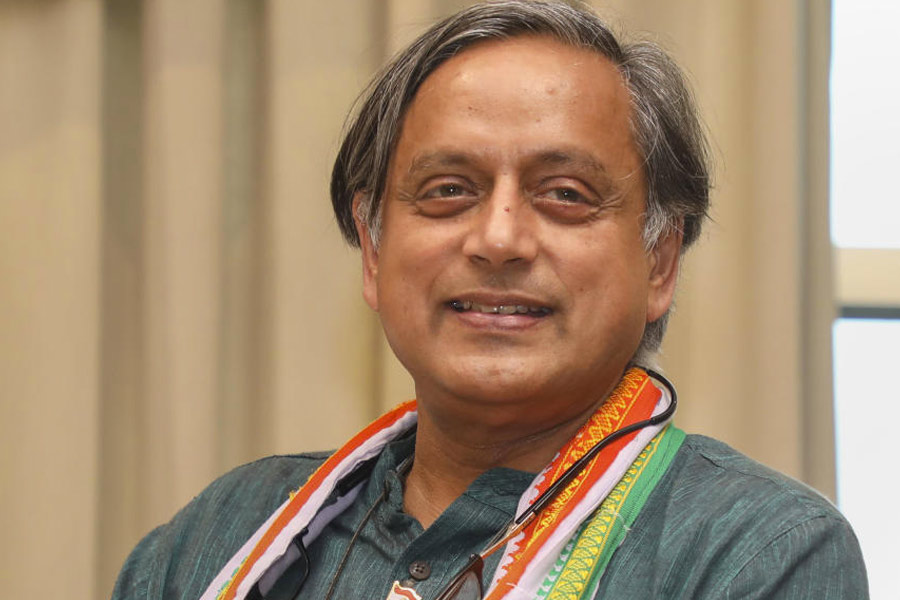|
|
| POWER OF ONE: In the Nitish Katara murder case, key witnesses had turned hostile, initially weakening the case against accused Vikas Yadav (above). In such instances it may now be possible to bring the criminal to book based on the evidence of a single witness |
A recent Supreme Court ruling has kicked up a storm. The court, upholding the judgement of lower courts in a murder case (Mani alias Udattu Man and others vs state of Tamil Nadu, 2009), ruled that it was the “duty of the court to separate the grain from chaff.” And once that has been done, a court can convict an accused even if the evidence has been found to be “deficient,” or not “wholly credible”, it said.
This comes on the heels of another judgement (Ravi vs state of Tamil Nadu, 2008) in which it ruled that the courts could rely on a solitary witness to convict a person even if the testimony was “uncorroborated,” as long as the statement was “truthful and cogent.”
While prosecutors say that these rulings would go a long way in enabling the lower courts to convict people accused of serious offences, criminal lawyers and human rights activists are concerned over their implications. “The judgements are not consistent with the approach of the Supreme Court in the disbursement of justice in other cases,” says Majeed Memon, a Mumbai-based criminal lawyer.
The issue came up in 1993, when the Supreme Court had said on the question of single witnesses (in the Anil Phukan vs State of Assam case) that as long as a “single eyewitness is wholly reliable, the courts have no difficulty in basing conviction on his testimony alone.” This had been cited in various other cases. In the latest case, however, it goes a step further and lays the onus on the trial court to convict an accused even if the evidence leaves questions unanswered.
This case relates to a woman called Prabha, who was killed in broad daylight by a gang of people in 2001 in Chennai. As the case progressed, several witnesses either turned hostile or their versions of the events were found to be inconsistent. Ultimately, the courts had to rely only on the account of Prabha’s mother, Murugammal. Seven of the eight accused, including Mani, were found guilty.
“Sometimes judges tend to take note of the witnesses turning hostile and they end up coming to the conclusion that the prosecution’s case is not strong, but with the recent judgements the scene will change for the better,” says V.G. Pragasam, counsel for Tamil Nadu in the Ravi vs Tamil Nadu State case, where the court ruled that the uncorroborated evidence of a single witness (in this case, the mother of a murder victim) was enough to convict a person.
Ruling in this case, the bench of Justices Arijit Pasayat and Mukundkam Sharma said: “As a general rule, a court can and may act on the testimony of a single witness, though uncorroborated. One credible witness outweighs the testimony of a number of other witnesses of indifferent character.”
Even the Indian Evidence Act, 1872, doesn’t talk about any particular number of witnesses essential for a verdict. Section 134 of the Act says: “No particular number of witnesses shall in any case be required for the proof of any fact.”
Some lawyers stress that reliance on a single witness is nothing new. “The Supreme Court has been ruling on similar lines for a long time now. The latest judgement only reinforces what the honourable court had said previously,” says S.P. Ahluwalia, prosecutor of the Nithari murder accused, Moninder Singh Pandher and Surendra Koli, convicted recently.
But some are worried about the use of “uncorroborated” evidence in a case. Although the Indian Evidence Act doesn’t define “corroboration” anywhere, courts insist on supporting evidence as a principle of prudence before coming to a conclusion on a case.
Experts point out that in the case of murder and other such offences, corroboratory evidence is usually insisted upon as a guilty sentence could result in long jail terms or even death. “A precedent of upholding the conviction on the uncorroborated evidence of a single witness would be dangerous and may result in a miscarriage of justice,” says Memon.
Some human rights activists are also worried. A judgement, says Vipin Mathew Benjamin, an advocate at the Delhi-based Human Rights Law Network, should be based on the evidence on hand, the presentation of the case and the examination of the witnesses. “If courts are given discretionary powers, all kinds of prejudices like religion, caste and other considerations can come into play in lower courts,” he says.
Pragasam, however, sees no contradiction and says the apex court has merely observed that the lower courts should go by the “quality of evidence rather than the quantity” and also use their discretionary power while dealing with a case.
Critics of the recent judgements refer to the Supreme Court’s decision in the 1957 Vadivelu Thevar vs State of Madras case, in which it had classified the testimony of a witness into three categories: (1) wholly reliable (2) wholly unreliable and (3) neither wholly reliable nor wholly unreliable. It had observed that a court may not find it difficult to reach a conclusion in the first two categories. But when the witness belongs to the third category, it has to be circumspect and look for corroboration by reliable testimony.
“The non-insistence on corroboratory evidence amounts to watering down the theory of ‘beyond a reasonable doubt.’ The police can now implicate anybody by planting evidence, putting forward any story to get a conviction,” says Benjamin.
Memon fears that the Supreme Court might be contradicting itself as, he says, in an “umpteen” number of cases it has said that the conviction must be on the basis of “adequate and satisfactory evidence.”
Joginder Singh, former director of the Central Bureau of Investigation (CBI), disagrees. “Such judgements add to the morale of the police. The prosecution cannot prove each and every point with corroboratory evidence, and if the lower courts take a cue from the apex court, disbursement of justice can be faster and ultimately people stand to benefit,” he says.
Supporters of the recent verdicts may claim that this will lead to faster delivery of justice, but experts warn of the pitfalls. “We must remember that it is the poor who will be facing the wrong end of the stick and they need all the protection that they can get from the court. If it sides with the version of the prosecution and the police, justice will not be served,” says Benjamin.











